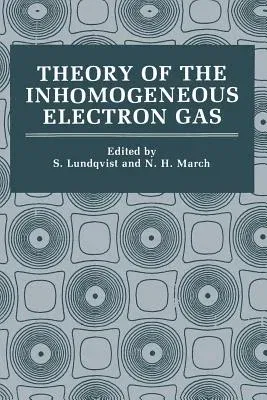Theory of the Inhomogeneous Electron Gas (Softcover Reprint of the Original 1st 1983)Paperback - Softcover Reprint of the Original 1st 1983, 26 June 2013

Qty
1
Turbo
Ships in 2 - 3 days
In Stock
Free Delivery
Cash on Delivery
15 Days
Free Returns
Secure Checkout
Part of Series
Physics of Solids and Liquids
Print Length
396 pages
Language
English
Publisher
Springer
Date Published
26 Jun 2013
ISBN-10
1489904174
ISBN-13
9781489904171
Description
Product Details
Book Edition:
Softcover Reprint of the Original 1st 1983
Book Format:
Paperback
Country of Origin:
NL
Date Published:
26 June 2013
Dimensions:
23.39 x
15.6 x
2.13 cm
ISBN-10:
1489904174
ISBN-13:
9781489904171
Language:
English
Location:
New York, NY
Pages:
396
Publisher:
Weight:
576.06 gm

